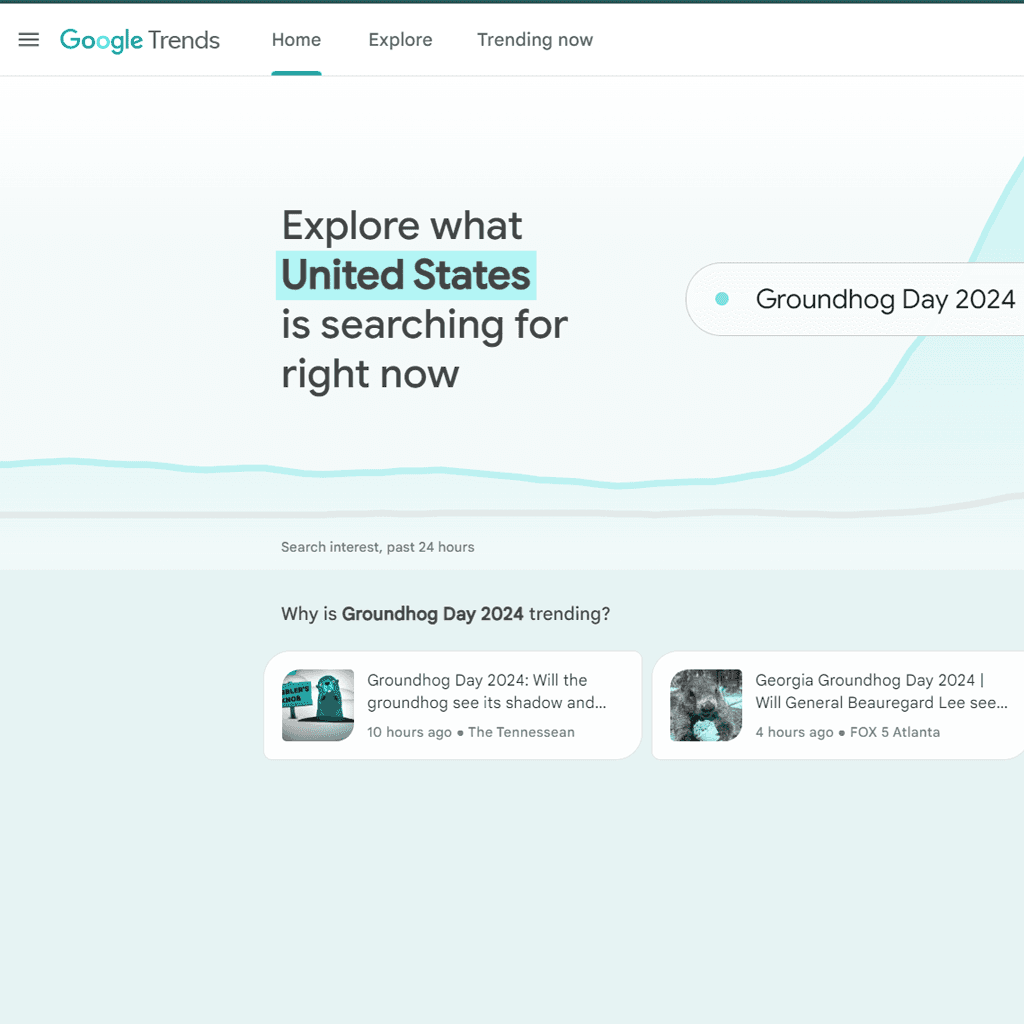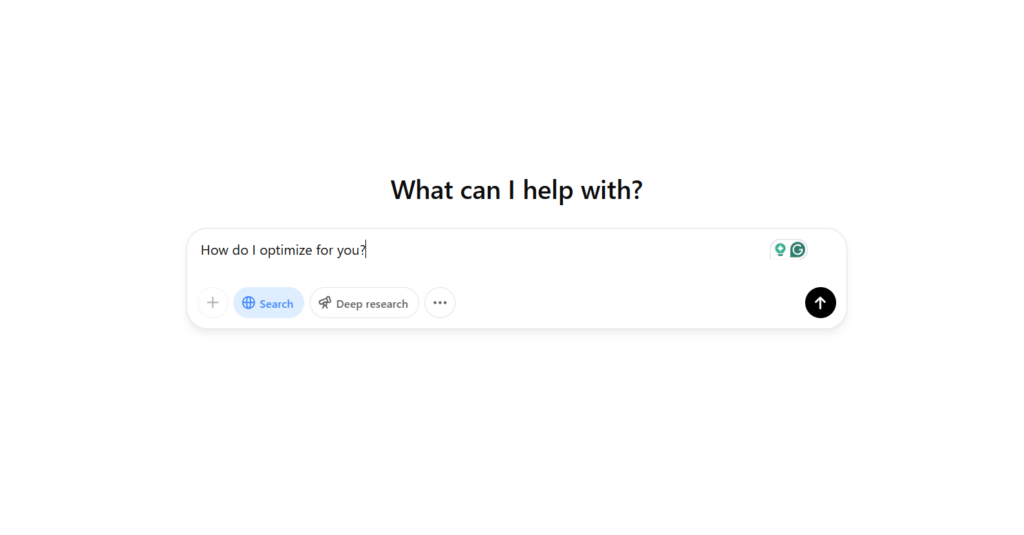Google Trends has been around since 2006 and SEOs have been using it to gather context on keywords for just as long. If you’ve never used Trends, it’s a tool that charts the popularity of search terms over time and can be both fun and enlightening when it serves up unexpected data. For this reason, it’s probably used more for general interest than for any business use like search engine optimization (SEO). Still, this single-metric report gives a huge boost to keyword and content strategy, by showing us whether a topic is growing or declining in popularity, or whether there’s some seasonality or other recurring trend in the term. Simply put, using Google Trends to write SEO content gives strategists insight into potential performance and gives writers ideas for interesting topics.

Google Trends allows you to look at a single topic or compare multiple topics and adjust your timeframe, or category context to refine the data further. As you can see, Taylor Swift’s peak trend was at the start of the 2023-2024 NFL season, which poses the question, “Are NFL fans more obsessed with pop culture than Swifties?”
Google Trends for Content Ideas & Confirmation
You can certainly write good SEO content without consulting Trends. But think of Trends as adding another layer of strategy to your content. One of its best uses is in the early stages of brainstorming content ideas: If I target a topic that’s seeing a Trend spike, my content is likely to be of more interest to the reader, and if it’s published early enough in the trend, and is of high quality, my post could rise to the top of the SERPs or win SERP features for related keywords.
But the insights don’t end there. Maybe look at the opposite: Is a topic trending down, or generally unpopular? Maybe that gives me a clue to look at my keyword data to see if it’s a low-competition keyword with a good opportunity to rank for it. I should mention now that Trends and keyword volume are not directly interlinked. Keyword volume is averaged over time, while Trends shows the popularity of a topic as a snapshot, so you can have keywords with low to moderate current Trends but that still have a monthly search volume in the millions.
No one cares about the Bears.

Or do they?

Random thought: “chicago bears” has a monthly keyword volume of 2.24 million and Chicago has a population of about 2.6 million. I wonder if professional sports teams’ primary keyword volume is correlated with their city’s population? Sure, many teams have a huge geographical core fanbase, but someone should look into this! Exhibit A: This is a Google Trends-sourced blog post I would read.
The possibilities are endless. Wherever the industry, niche, or topic of interest you want to write about, if people have searched for it on Google, Trends will show you how its popularity has changed over time.
Use Google Trends To Schedule Content Distribution
But Trends shouldn’t be used just for content creation, you can also use it to plan your content calendar and distribution. For keywords like “NFL Schedule,” there’s a pronounced seasonality to its popularity, peaking in January each year. We can look at the peaks on the chart and see that there might not be much value in posting or distributing content about the NFL Schedule in March. But there is that blip of interest in May, which is when the NFL announces the upcoming season’s schedule.

So May would be a good time to post about the newly released NFL schedule, and then you could reuse that content in early September when interest sees its first peak and then create a new playoff schedule post for January.
Put Google Trends and Our SEO Experience To Work for You
The uses for Google Trends in SEO content end only when we stop brainstorming. Fortunately, we love brainstorming here at EightOhTwo and we’d be thrilled to explore how we can use our experience in SEO, content, and Trends to rank your content, entertain your readers, and maybe even make your brand part of the zeitgeist. Let’s start the conversation today.





